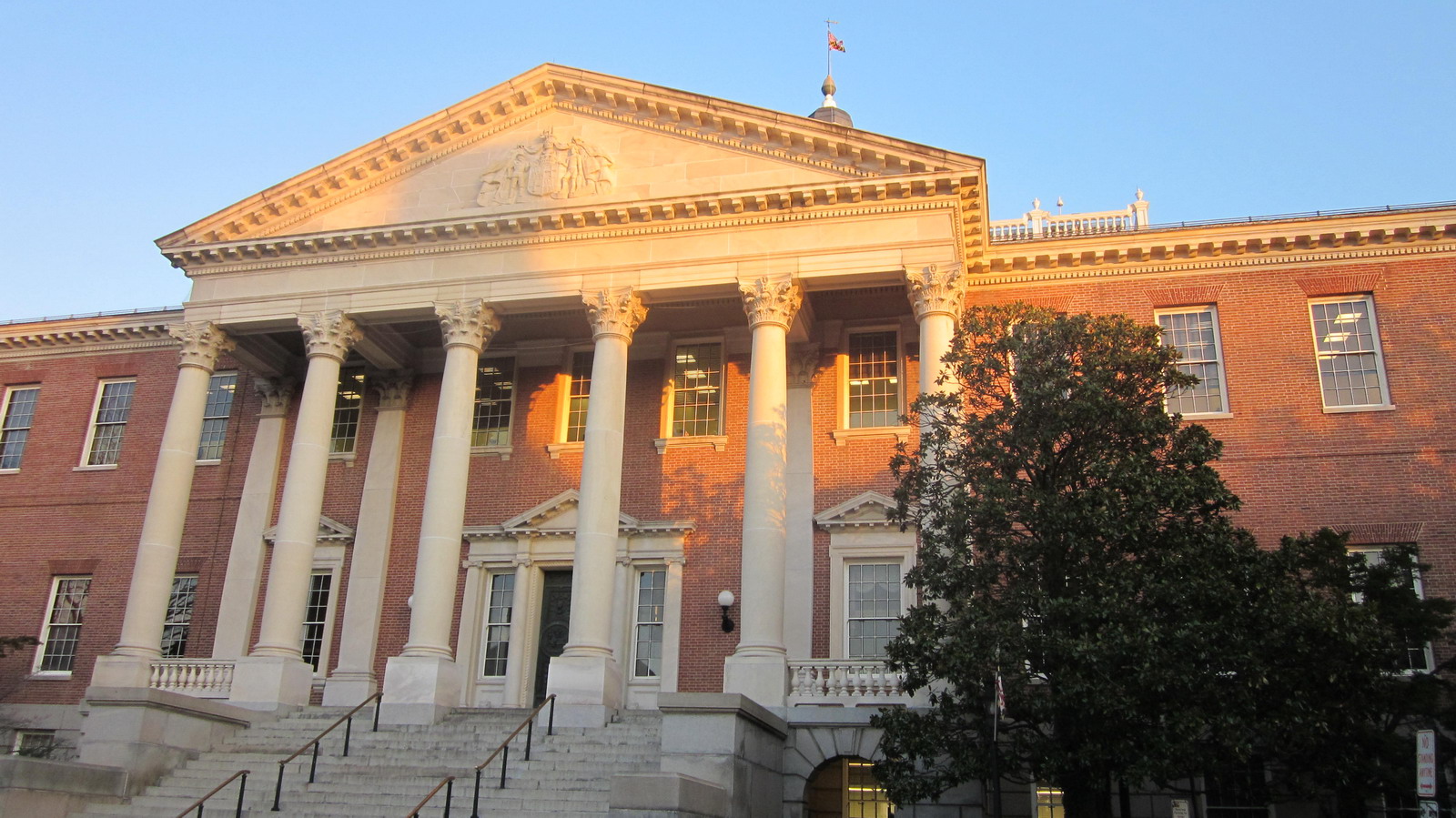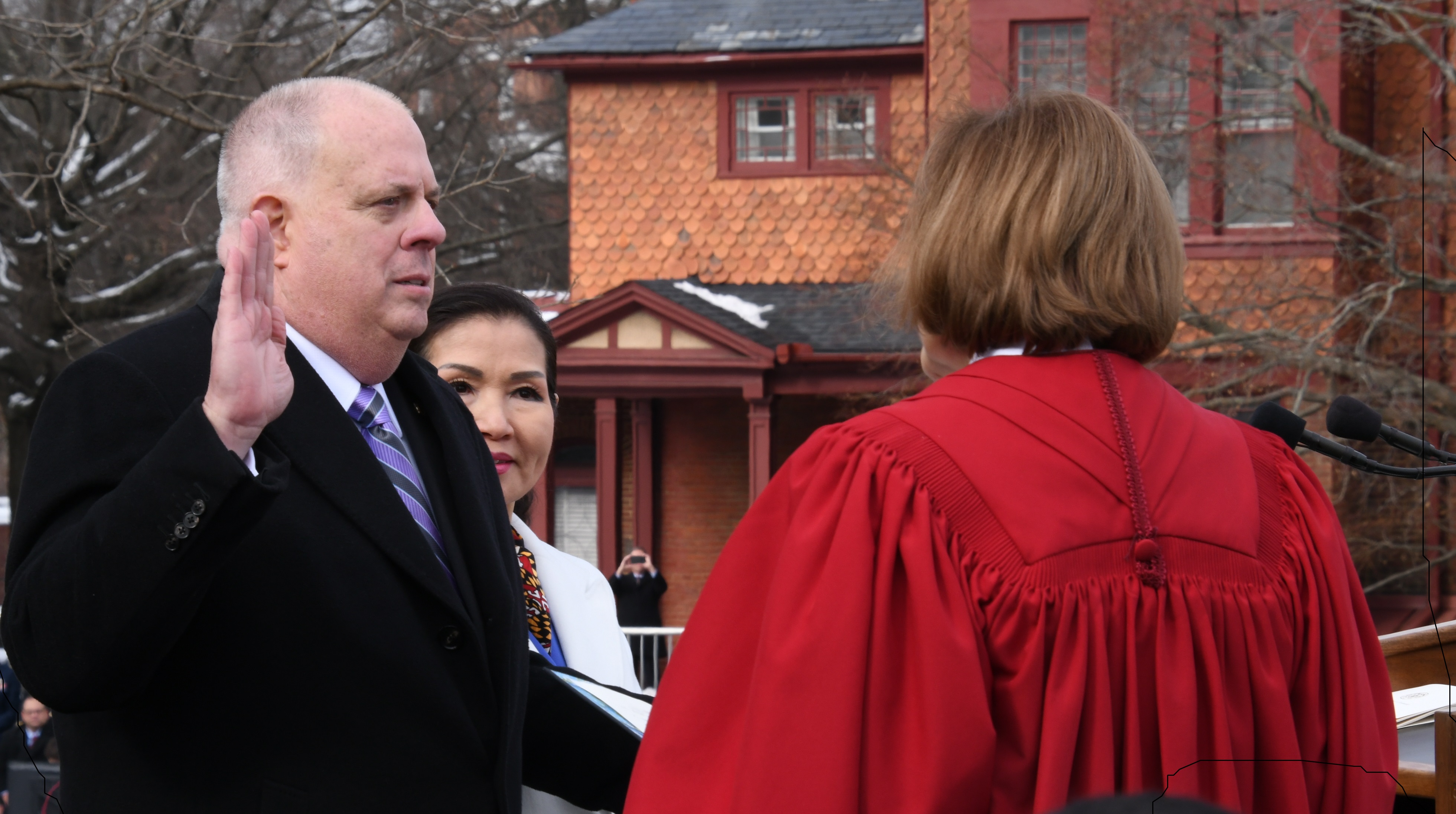By Barbara Pash
Barbara@MarylandReporter.com
There are no slot machines planned at Pimlico Race Course but the Baltimore City neighborhoods surrounding the storied venue are winners nonetheless. Starting July 1, they will receive the first of the state-wide slots revenue — $2 million – allocated to them by law.
Decisions about how to spend the money are coming down to the wire. Within the mandated formula, “there’s still a lot of discussion on what we are going to do,” said Oscar Cobbs, vice chair of the Pimlico Community Development Authority, an independent agency authorized by the General Assembly to review and recommend slot revenue-funded initiatives.
Cobbs said he will deliver the PCDA’s recommendations to Mayor Stephanie Rawlings-Blake on May 28. The ultimate decision is hers but Cobbs would be surprised if she didn’t accept the recommendations, the result of months of PCDA deliberations and public meetings, including one earlier this month.
“We’d like to have her answer before the end of June,” Cobbs said
Thomas Stosur, director of the city planning department and chair of PCDA, said the neighborhoods receive slots revenue whether or not there are slots at Pimlico and regardless of what happens to a proposed slots parlor in downtown Baltimore City.
“It’s a unique situation around the state,” Stosur said. As more slots parlors open around the state, “the revenue will ramp up,” he said, from the initial $2 million to a projected $22.5 million by fiscal 2015.
In November 2007, the General Assembly passed the Maryland Education Trust Fund – Video Lottery Terminals bill (2007 SB 3). The legislation provided slots revenue to Baltimore City for the Pimlico area’s revitalization over a 15-year period until 2027, though the legislature could extend the period.
The legislature earmarked slots revenue to other qualified areas as well. The formula is:
5.5% of the state’s total proceeds from slots revenue are allocated for the designated areas as “local impact aid.” Of that 5.5%, 18% goes to the Pimlico, but $1 million of Pimlico’s slice goes to the area around Rosecroft Raceway in Prince George’s County.
The Pimlico slots revenue is further divided according to another formula: 75% goes to the Park Heights Master Plan area, and 25% to six neighborhoods that are within a one-mile radius of the race course but are not within the master plan area.
That one-mile radius encompasses a diverse group of neighborhoods: Coldspring New Town, Mt. Washington and, clustered in Northern Park Heights, Cheswolde, Cross Country, Glen and Fallstaff. They will get $506,000 in the coming year.
The city planning commission adopted the Park Heights Master Plan in 2006 and amended it in 2008. Work has already begun on the comprehensive, long-range plan to revitalize the area, including road resurfacing, home improvement loans and funding for social services.
As detailed as the master plan is, Cobbs indicated that the 15-member PCDA board is divided over “bricks and mortar versus human services.” Said Cobbs, “There is a lot of discussion on phases of the plan that need to be dealt with.”
“When the [slots] bill came before the Senate, the issue for us was to make sure there were funds for the community,” said Sen. Lisa Gladden, a Democrat who represents the area.
“I’m happy to see Southern Park Heights [the Park Heights Master Plan area] benefit from slots in Baltimore.”
She said district Dels. Samuel “Sandy” Rosenberg and Nathanial Oaks worked the issue on the House side.
Rosenberg said that the slots revenue for the one-mile radius neighborhoods will be distributed according to population, with the bulk of the money going to Mt. Washington and the four Northern Park Heights groups.
“Each neighborhood will get its fair share,” he said. “We went through a process where the neighborhoods made recommendations” to the Pimlico Community Development Authority.
“The key point, and the neighborhoods understand this, is that this is a 15-year commitment” by the state, Rosenberg said. “This is a great opportunity for all the neighborhoods to make long-term investments to benefit the residents.”





Here a few ideas:
— Debt
— Pensions
— Infrastructure
Here a few ideas:
— Debt
— Pensions
— Infrastructure